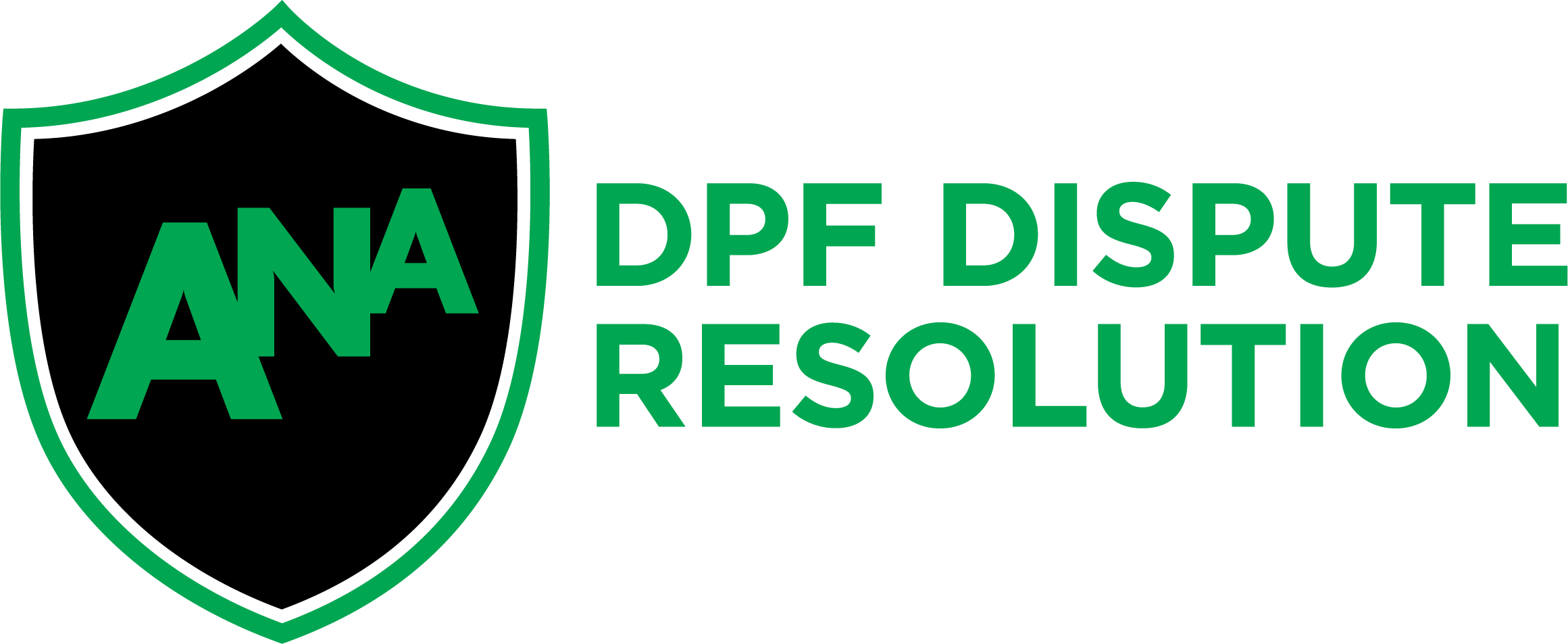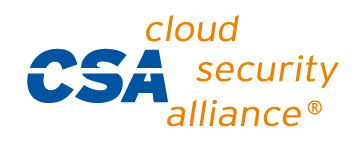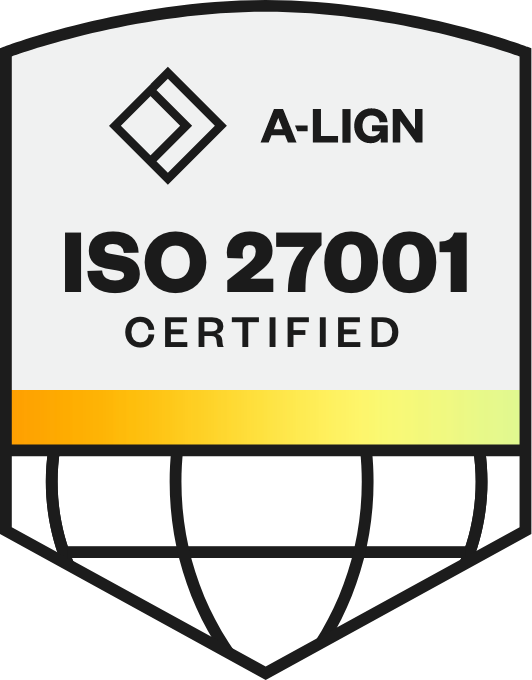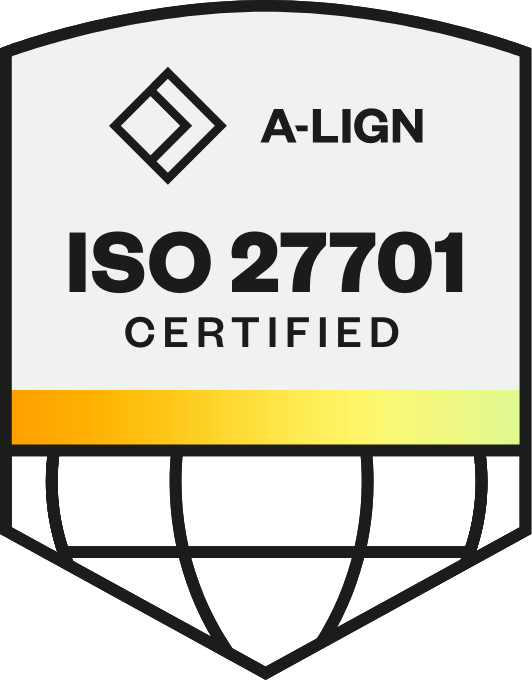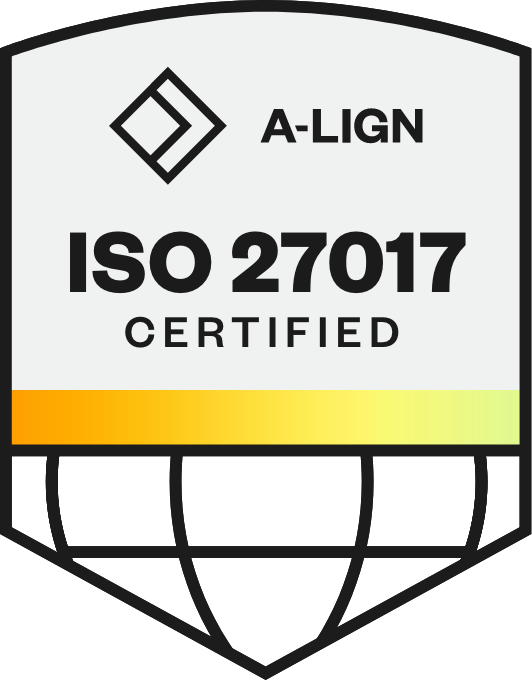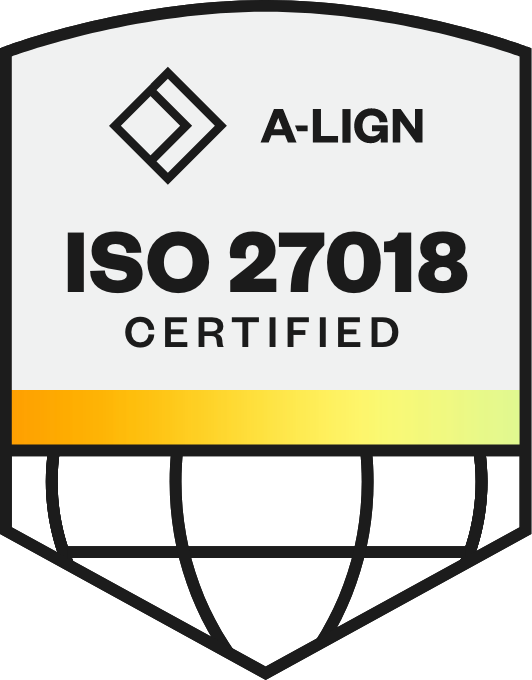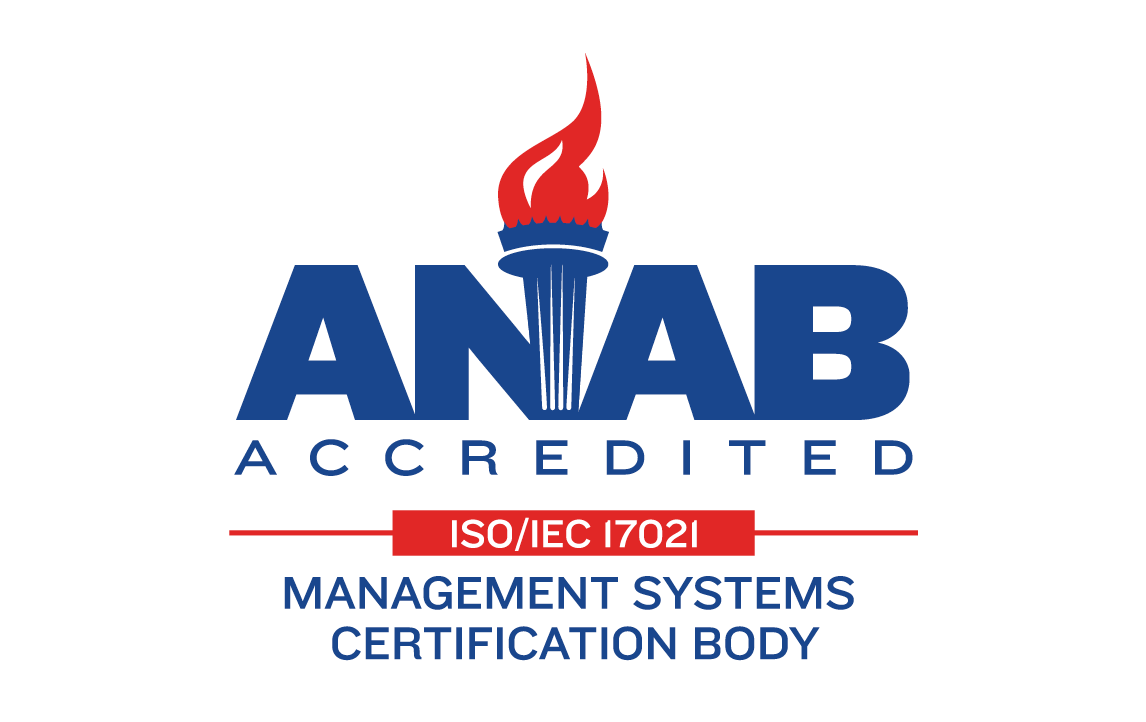
What is Internal Mobility and Why is it Important?

Creating an impactful and supportive employee experience goes beyond offering great benefits, unlimited PTO, and other perks — it involves helping your workers understand where they fit into your organization and where they can aspire to go without leaving the proverbial building. This is where internal mobility comes in.
Internal mobility programs deliver measurable business outcomes that directly impact your organization's success. Research reveals, however, that despite internal mobility growing by 30% in recent years, only 33% of organizations offer formal programs. Yet companies that excel see 79% more leadership promotions and 53% longer employee tenures.
When supported by the right technology, internal mobility programs can remove any confusion around professional growth, highlighting potential career paths for each and every individual. This improved visibility helps employees:
Take control of their unique career journey
Visualize their future at your company
Build out an action plan that will help them achieve their goals
Feel empowered to grow their careers without leaving
Table of Contents
Sounds amazing right? But now you might be thinking, what is internal mobility and why is it important? Keep reading to find out.
What Is Internal Mobility?
Internal mobility refers to the vertical or horizontal movement of employees to a new role, career, or developmental opportunity within the same organization.
Also referred to as “internal talent mobility” or “talent mobility”, this function is best supported by career pathing frameworks. Compared to career pathing functions, internal mobility focuses on the move from one position to another within an organization, whereas career pathing highlights the potential moves an individual can make along their career journey.
For example, let’s say a recruiter is looking to fill a position within the marketing department at your business. Instead of looking externally to hire someone from another company, they use internal recruiting methods to find an existing employee who has the right skills and interests that could make them an ideal fit for the open role.
On the other side of this equation is the employee. Within a talent marketplace, (an internal HR platform built to connect employees with new opportunities), the employee can see new available positions within the business that they might be a good fit for, based on skills and experience. If the employee has already identified a lateral movement to marketing as an ideal next step in their career path, they likely will apply. Especially in uncertain economic and talent landscapes, internal mobility is a great solution that allows businesses to be adaptable while supporting both short- and long-term retention.
Common Types of Internal Mobility Programs
Organizations often implement various internal mobility programs to retain talent, develop skills, and create a dynamic workforce. Here are some of the most common types:
Internal mobility platforms: Digital tools — often called talent marketplaces — that showcase open positions within the company, allowing employees to explore opportunities across departments and locations. These platforms often include job-matching algorithms and skills assessments.
Role-to-role mobility: Programs that facilitate lateral moves between different roles at the same level, enabling employees to gain diverse experience and broaden their skill sets.
Transfers: Opportunities for employees to move to different departments, teams, or geographic locations while maintaining a similar role or level of responsibility.
Upward mobility: Initiatives that support vertical career progression, such as leadership development programs, mentoring, and succession planning.
Gig work or project-based mobility: Short-term assignments — or internal "gigs" — that allow employees to contribute to projects outside their regular roles, promoting cross-functional collaboration and skill development.
Why is Internal Mobility Important?
In response to the waves of unexpected HR trends — like the Great Resignation and Quiet Quitting — savvy HR leaders are looking for new ways to boost retention and engagement to prevent highly qualified candidates from walking out the door. So why is internal mobility important in this endeavor?
Creates a more holistic view of your workforce capabilities
It helps remove the barrier between what an employee was hired to do and what they can truly achieve within your business.
Traditionally, an organization might view a new employee to address one particular role in the business. Taking a step back and viewing their contributions more holistically, HR leaders can explore the value employees bring to the table that might extend beyond their current roles and responsibilities. After all, we’re multi-faceted individuals with numerous skill sets and unique experiences.
Focusing on internal mobility strategies that improve visibility throughout your business can help create a clearer picture of what’s possible for your employees, especially if they’re looking to take that next step in their career path.
Boosts employee engagement and retention
Another reason why internal mobility is important is because of its ability to encourage employee engagement. With 33.4% of candidates prioritizing opportunities for career growth within the company as a top factor when considering new jobs, according toLinkedIn's recent survey data, internal hiring success stories are impactful and inspiring for existing employees who want to grow in their careers.
Hearing about a coworker that made a horizontal or vertical movement can open an employee’s eyes to the possibilities available within your business. It also keeps your company top of mind when they are ready to take the next step in their career.
How Internal Mobility Supports Workforce Agility
Internal mobility breaks down organizational silos by encouraging cross-functional collaboration and knowledge sharing between teams. When employees participate in talent mobility programs, they bring valuable insights and perspectives that spark innovation and creative problem-solving across departments. Can you add a transition here before introducing the bullets?
Skills Discovery and Strategic Development: Effective internal mobility starts with comprehensive skills mapping to identify existing workforce capabilities. Skills assessments reveal hidden talents beyond current job requirements, while targeted upskilling programs bridge capability gaps for interested candidates. This approach proves more cost-effective than external recruitment while building employee engagement.
Enhanced Workforce Agility: This movement creates workforce agility that allows organizations to pivot talent quickly when business needs evolve. Rather than waiting months to recruit external candidates, companies can redeploy existing employees who already understand company culture and processes. Gig assignments and project-based mobility enable teams to share resources dynamically, tackling high-priority initiatives without permanent headcount changes.
Related: How HR Leaders Can Leverage the Benefits of Upskilling to Drive Workforce Success
How Internal Mobility Supports Workforce Agility
Internal mobility breaks down organizational silos by encouraging cross-functional collaboration and knowledge sharing between teams. When employees participate in talent mobility programs, they bring valuable insights and perspectives that spark innovation and creative problem-solving across departments. Can you add a transition here before introducing the bullets?
Skills Discovery and Strategic Development: Effective internal mobility starts with comprehensive skills mapping to identify existing workforce capabilities. Skills assessments reveal hidden talents beyond current job requirements, while targeted upskilling programs bridge capability gaps for interested candidates. This approach proves more cost-effective than external recruitment while building employee engagement.
Enhanced Workforce Agility: This movement creates workforce agility that allows organizations to pivot talent quickly when business needs evolve. Rather than waiting months to recruit external candidates, companies can redeploy existing employees who already understand company culture and processes. Gig assignments and project-based mobility enable teams to share resources dynamically, tackling high-priority initiatives without permanent headcount changes.
Related: How HR Leaders Can Leverage the Benefits of Upskilling to Drive Workforce Success
6 Benefits of Internal Mobility
Approaching internal mobility through the lens of driving talent agility allows your business to think long-term and focus on scalable solutions. Here are four benefits of internal mobility for your talent acquisition and talent management teams:
1. Streamline internal talent acquisition and broaden your talent pool
Your workforce is full of individuals with unique talents that are already aligned with your company’s mission, values, and vision. They understand your processes and function as a vetted pool of talent that’s available to upskill into future roles or fill critical positions on the fly.
By highlighting available roles in internal job boards, or a talent marketplace, your TA team can expand your talent pipeline, offer new opportunities to employees, and create internal mobility success stories when existing talent migrates into new positions.
There are fewer things better than showing employees what’s possible at your business than having success stories spread by word of mouth. On top of this, companies like Newell Brands decreased time to fill by 89% after adopting an internal recruiting strategy supported by the right HR technology.
The possibilities are endless when you start to look at the untapped potential under your roof.
2. Improve visibility for employees, managers, and leaders
Visibility is critical when you’re trying to create a more agile workforce. Keeping employees top of mind during large changes caused by internal or external factors helps ensure that workers feel like they’ve been kept in the loop. The best way to ensure they have access to the tools and resources they need during times of uncertainty is by housing all internal mobility features in one place.
We recommend using a talent marketplace to support internal mobility efforts since it keeps career pathing, internal mobility, mentoring opportunities, learning and development, and more in one easy-to-access location. It also creates a platform that can be used to communicate updates to the entire business. (Keep reading to learn about a real-world example of this approach.)
With all of these features in one place, employees can engage with content, managers can recommend upskilling opportunities based on one-on-one conversations, and leaders can track adoption alongside other metrics. This type of organization-wide visibility is an integral part of fostering scalable talent agility.
Related Resource: Talent Marketplace: The Next Evolution in Internal Mobility and Career Intelligence
3. Allow for future planning based on highlighted skills gaps in the workforce
Piggybacking off of improved visibility, internal mobility programs supported by intelligent AI and automation can help highlight skills gaps in the organization. When expectations change and adjustments need to be made, it’s hard to know how successful revamp efforts will be when you don’t know what your workforce is capable of.
Gaining insight into skills gaps through employee profiles allows leaders and managers to determine who is available to upskill into new roles or fill critical gaps that could make or break their strategy when looking to achieve new goals.
Understanding skills gaps offers a deeper understanding of what a business can truly accomplish in-house before looking externally to add to the roster. It also drives smarter, data-driven hiring decisions.
4. Foster talent agility, creating a more resilient workforce
Internal mobility programs keep learning opportunities and career development paths at the forefront of employees’ minds. By visualizing the next steps and getting recommendations on how to take those steps, individuals can broaden their skill set, gain experience in other departments, and explore their passions — all while contributing to the business's bottom line.
Employees with various skill sets can be shifted throughout the company to lend a helping hand and gain hands-on experience. Regardless if they choose to update their career path based on what they’ve learned, they’ll always be able to feel confident in their abilities to take on new responsibilities. They will also know that your company supports their individual growth which goes a long way in today’s hiring climate.
Armed with new skills and experiences, your workforce becomes more adaptable and agile every day. Internal mobility is truly the key to creating a more resilient workforce.
5. Save time and money for both hiring and retention teams
Internal mobility programs can significantly reduce recruitment costs and time-to-hire. By tapping into existing talent pools, companies avoid expensive external hiring processes, including job postings, agency fees, and lengthy onboarding periods.
At the same time, HR teams can redirect their efforts from sourcing external candidates to developing internal talent. Improved employee retention reduces the frequency and costs associated with turnover, allowing retention teams to focus on strategic initiatives rather than constant recruitment cycles.
6. Better promote knowledge sharing
Internal mobility fosters a culture of continuous learning and knowledge exchange within the organization. As employees move between roles or departments, they bring unique insights and experiences across the company. This organic flow of information enhances problem-solving capabilities and drives innovation.
Employees who have worked in multiple areas of the business also develop a holistic understanding of company operations, making them valuable assets for cross-functional projects and strategic decision-making. By promoting knowledge sharing, internal mobility helps break down silos and creates a more interconnected, agile workforce.
Common Barriers to Internal Mobility
While internal mobility offers significant advantages, many organizations face challenges in building robust programs. Due to shifting business priorities, internal mobility often does not receive the focus it deserves. Recognizing these barriers is the first step toward building effective strategies to address them:
Silos and Hidden Opportunities: Organizational silos prevent employees from discovering opportunities in other departments. Without transparent communication systems and cross-departmental visibility, valuable positions remain hidden from potential internal candidates, limiting talent mobility across the organization.
Talent Hoarding: Some managers resist losing their top performers, creating bottlenecks that prevent talented employees from pursuing growth opportunities. This ultimately hurts both individual development and organizational talent flow, requiring cultural changes and manager education to overcome.
Biased Processes: When internal hiring processes lack transparency or consistency, employees lose confidence in the system. Unclear criteria, inconsistent feedback, or perceived favoritism discourage qualified internal candidates from applying, reducing the effectiveness of mobility initiatives.
Limited Skills Visibility and Career Transparency: Organizations often lack comprehensive visibility into employee skills, aspirations, and development potential. Without proper skills assessments, career mapping tools, and transparent communication about advancement opportunities, matching internal talent with appropriate roles becomes difficult and inefficient.
5 Best Practices for Your Internal Mobility Strategy
Designing and implementing an internal mobility strategy starts with understanding some best practices that will help you avoid common pitfalls. Here are five steps to accelerate your internal mobility strategy development:
Step 1: Don’t Just Focus on High Performers
High-performing employees are key members of your organization that possess the potential for upward movement within their existing department or the company. When this move is done successfully, it highlights the options employees have to move around from position to position within the organization, inspiring others to consider internal mobility before looking externally for a new role.
But just because an employee is a high performer, doesn’t necessarily mean they’re grandfathered into the high potential category. High-potential employees (also known as HiPos) are those working within your organization who are coined by management as “rising stars”.
In order to create an effective internal mobility strategy, you have to take into account both your high performing and high potential employees. High potential employees have the ability to be great assets to the organization, but they need resources to assist them with their development and evolution.
Being able to identify these individuals is key to figuring out how to motivate and retain them through an internal mobility strategy.
Step 2: Educate and Empower Your Managers
Traditionally, internal mobility wasn’t widely talked about — especially between employee and manager. As a consequence, many employees decided to remain unhappy at work instead of voicing their desire for change, making it an easy decision for talent to leave when they wanted a new opportunity.
Although it’s clear the benefits internal mobility provides, It’s up to the organization to educate frontline management on why internal mobility conversations are a good thing. Just because this means a manager may end up losing an employee in their department, it doesn’t mean the individual shouldn’t be provided with the right opportunities to grow and flourish in a different part of the organization.
Outside of management education, it’s also crucial to empower your managers to have conversations with employees focused on their career paths within the company. Truly understanding an employee’s motivators, gaps, and potential goes a long way when it comes to implementing an internal mobility strategy.
Step 3: Develop Learning Resources
Developing an internal mobility strategy also involves having the right learning and development resources in place for your employees. These resources support attraction and retention efforts for the enterprise, and they put talent in touch with the tools they need for career development.
Without easy access to available tools and resources, workers are left wondering what their future looks like, making it a no-brainer to look outside the organization when future planning.
"Companies should focus more heavily on career strategies, talent mobility, and organizational ecosystems and networks to facilitate both individual and organizational reinvention." – Deloitte’s 2016 Global Human Capital Trends report
When employees are provided with growth opportunities and clear career paths, they will feel more valued — which can drive better outcomes for both the organization and the individual.
Step 4: Make it Part of Your Culture
If talent attraction and retention efforts are a priority for your business, you have to make internal mobility a core part of your culture. This involves securing buy-in from your executive team, empowering management, and keeping employees updated on learning opportunities and openings for lateral or upward movement as they arise.
More importantly, employees from the top level down have to understand that internal mobility isn’t a negative strategy.
The goal isn’t to cause fights between departments over top talent. The goal is to allow employees at all levels the opportunity for advancement, as well as personal and professional growth.
With everyone on the same page and understanding the positive impact internal mobility has on a business, your teams can start to integrate internal mobility efforts into your company culture.
Step 5: Utilize the Right Technology to Help
All of these steps are important items to have in place in order to create an internal mobility strategy. However, a critical component is having the right technology in place to help communicate new opportunities.
One of the best ways is to implement a talent marketplace platform, not just an internal career site. It should allow employees to create a personalized profile, outlining their career aspirations and interests as well as their current skills. In turn, employees should have the ability to view learning and development opportunities, internal career openings, personalized content, and internal contacts to reach out to for more information.
A talent marketplace platform can also provide talent acquisition teams the ability to source for internal talent based on current openings. In a larger corporation, this technology is a critical factor in the overall success of the internal mobility strategy you plan to implement.
3 Steps You Can Take Right Now
While comprehensive internal mobility strategies require long-term planning, these immediate actions can jumpstart your efforts:
1. Maximize Internal Job Board Visibility: Post all open roles on internal platforms and talent marketplaces to ensure employees learn about opportunities as they become available. This simple step broadens your internal talent pipeline and demonstrates commitment to career development programs.
2. Implement Internal Referral Programs: Encourage employees to recommend colleagues for open positions through structured referral initiatives. Consider offering recognition or incentives to boost participation and celebrate successful internal placements.
3. Promote Opportunities Through Multiple Channels: Share job postings via company newsletters, emails, and internal communication platforms to maximize visibility. Not all employees regularly check job boards, so multi-channel promotion ensures comprehensive reach and reinforces your upskilling commitment.
Related reading: Boosting Employee Retention and Mobility with an Internal Talent Marketplace
Internal Mobility Use Case
The Challenge: A marketing coordinator seeks advancement opportunities, while the product team needs a Product Marketing Manager with both strategic thinking and company knowledge.
The Solution: Through the talent marketplace platform, the employee completes a skills assessment, identifying transferable abilities in content creation and project management, plus development needs in market research. A structured three-month project assignment allows evaluation before full transition.
The Results:
Time-to-fill: 6 weeks versus 12-16 weeks for external hiring
Retention impact: Employee advances within the organization rather than seeking external opportunities
Cost savings: Eliminated recruitment fees and reduced onboarding time
Knowledge transfer: Existing company understanding accelerates productivity in the new role
Metrics & Measurement
To measure internal mobility success and demonstrate program value, organizations need to track specific HR metrics and talent analytics that reveal both employee satisfaction and business impact. Here are four essential KPIs that provide actionable insights:
Metric | Without Internal Mobility | With Internal Mobility | Calculation/Method |
Internal Mobility Rate | 15% of roles filled internally | 25% of roles filled internally | (Internal hires ÷ Total hires) × 100 |
Retention Analysis | 2.9 years average tenure | 5.4 years average tenure | Compare mobility participants vs. static roles |
Time-to-Fill | 12-16 weeks external recruitment | 6-8 weeks internal placement | Track sourcing and selection phases separately |
Employee Engagement | Lower career development satisfaction | Higher growth opportunity satisfaction | Survey career development and advancement prospects |
Regular monitoring of these talent analytics enables data-driven optimization of your internal mobility strategy, helping you identify which programs generate the strongest ROI and where to focus future investments.
Drive Impactful Results with an Internal Mobility Program
Internal mobility is mission-critical when it comes to fostering engagement, creating a more agile workforce, and boosting retention. By implementing an internal mobility program, your business can effectively communicate any unexpected changes while giving employees the tools they need to succeed.
Scalable internal mobility programs drive employee growth while supporting comprehensive retention strategies that adapt to evolving workforce needs. Research shows that employee tenure is 53% longer in organizations with strong internal mobility versus those with weak internal mobility. Organizations that prioritize internal talent development create competitive advantages through improved engagement, reduced hiring costs, and stronger succession planning capabilities.
Promoting from within and leveraging the untapped potential of your existing workforce is one of the best ways to fill critical roles and create lasting relationships with your employees. Whether an individual wants to move vertically or horizontally, leveraging internal mobility HR technology can make it easy for them to draw a line from where they are now to where they want to be.
Ready to transform your internal mobility strategy? Learn how to improve talent agility through Internal mobility, and actionable steps for building effective talent mobility programs.
At Phenom, we focus on creating holistic solutions that will support your internal mobility efforts and foster talent agility in a way that’s scalable, reliable, and data-driven.
Through Phenom Talent Marketplace, we offer all the features you need to successfully implement your internal mobility frameworks, including:
Career Pathing — improve visibility into available roles across the business while highlighting a clear set of possibilities for each employee based on their skills, expertise, location, and interests.
Gigs — connect employees with short-term projects to help different departments achieve their goals while gaining hands-on experience and acquiring new skills to help them achieve their next career milestone.
Mentoring — engineered to leverage AI and machine learning, Phenom Mentoring recommends best-fit mentors and makes registering to be a mentor a simple, straightforward process.
Referrals — easily tap into your employees’ networks, fill critical roles faster, and track successes through real-time analytics.
Employee Resource Groups — empower your workforce to connect with their coworkers, build internal networks, and engage with open roles while fostering a better sense of belonging.
Take an on-demand product tour of Phenom Talent Marketplace to see how our platform can accelerate your internal mobility success in under 30 minutes.
Kasey is a content marketing writer, focused on highlighting the importance of positive experiences. She's passionate about SEO strategy, collaboration, and data analytics. In her free time, she enjoys camping, cooking, exercising, and spending time with her loved ones — including her dog, Rocky.
Get the latest talent experience insights delivered to your inbox.
Sign up to the Phenom email list for weekly updates!



